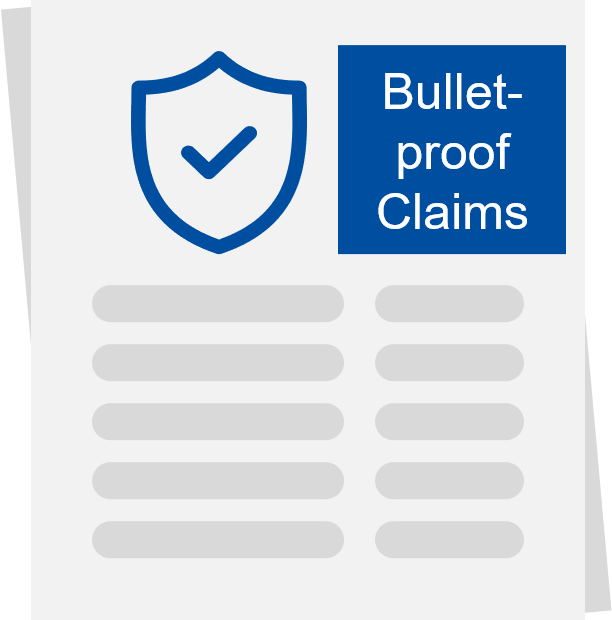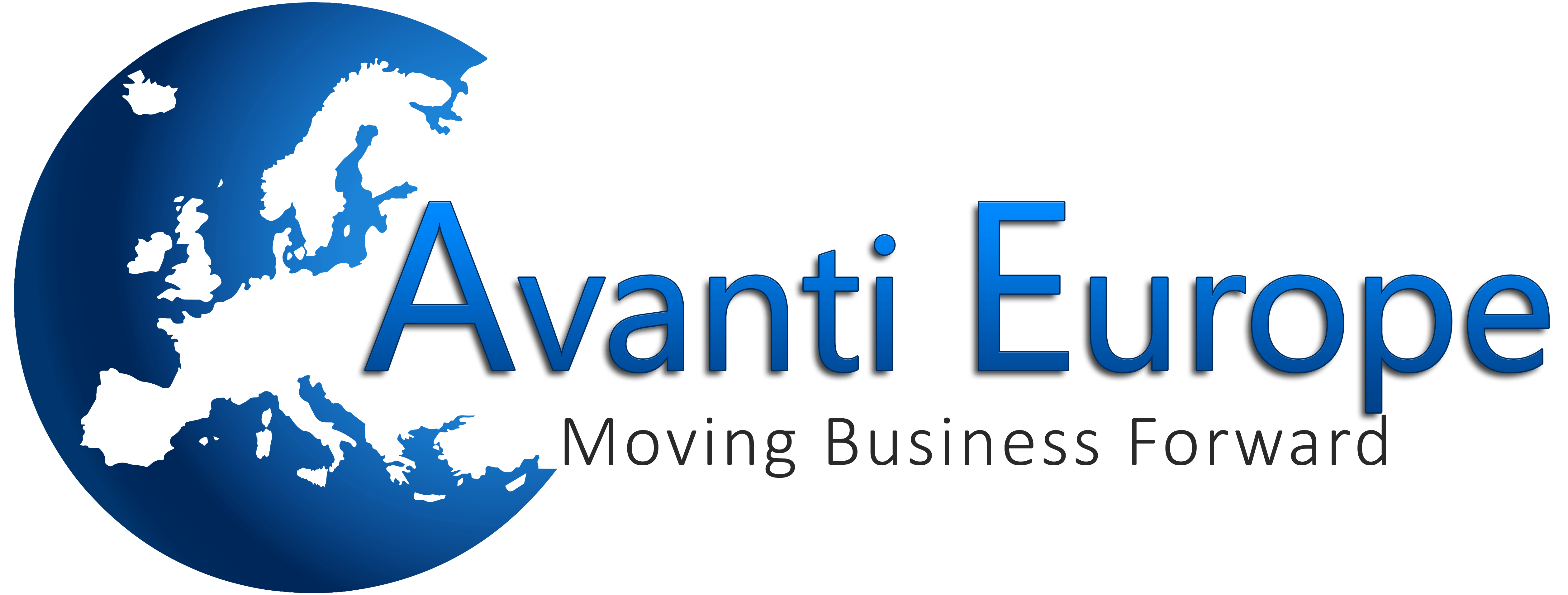Product Claims on the label are an important way to communicate the different aspects of the product and its use. But what if the claims are misleading, unclear, or even false?
The issue with the claims
As with all regulated products, medical devices’ claims are on the spot when the product documentation is reviewed or the product is brought to market.
Claims, or in other words the commitment of a company over the performance and safety of the product, are often a major concern to both regulators and marketers.
Regulators demand that the claims are based on scientific data, clinical data and must reflect the current state of knowledge. In fact, the claims must clearly and unambiguously state and be based on the device’s intended purpose, it’s safety or performance, as per MDR 2017/745, article 7.
Marketers, on the other hand, are asked to best describe and advertise the product with supportive figures, videos, and other information. Thus, the virtuosity of the marketer is limited by the regulations.
what are misleading or false claims?
Even though this has to be investigated on a case-by-case basis, generally speaking are misleading claims such claims, which might be interpreted by a user or patient as non-applicable claim. Often, misleading claims are found in pictograms, ambiguous or unspecific words and numbers to specific properties of the medical device.
Whereas misleading claims have a certain interpretation aspect, false claims have not. False claims often stem from typos, outdated data or missing source data.
Process parameters and times to complete steps are the major concern of process mining. Best practice is to collect the event log data of the software used for processes and mine these data.
how is it done?
Process mining starts at the data of event logs and time stamps. With these data, a visual interpretation of the data can be generated and segregated by time, day, user groups, product, or alike. With the visualization, not only transparency of the processes is crated but the entire process can be shown for further analysis, based on lean or other process optimization processes.
The visualization is used in a second step to analyze the gathered data per step. Systematic review of the process for risks and their reduction, automation potential as well as process compression can be carried out. With large data sets, data mining principles can support the identification of issues and bottlenecks.
After analyzing the data, root-cause analyses, what-if scenarios and other approaches can be used to reduce risks and render processes more effective. Not seldom, artificial intelligence is used in this step to optimize resources and and material flows.
So is this just wishful thinking?
Not at all! Process mining is nowadays a real and utterly effective tool to cut on costs and time consumed on fairly complex processes or company structures. Even at smaller companies, after growth, with established processes or after merger & acquisitions, process mining comes handy to optimize a company and its processes.
Optimization of process by modern technologies and strategies, such as mining, data analysis, artificial intelligence and alike can easily identify the optimization potential, reduce risks or clearly show data discontinuation as changing from a digital to an analog process.
How Avanti Europe can help
Avanti Europe’s Experts have a decade-long track record and expertise in consulting and contracting to the Pharmaceutical and Medical Device industry. Our experts support your company with hands-on workforce and support in risk-based process design, the documentation, training for the company staff. Visit our online shop for checklists and other services.

